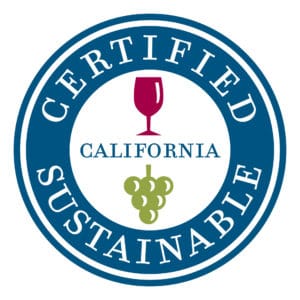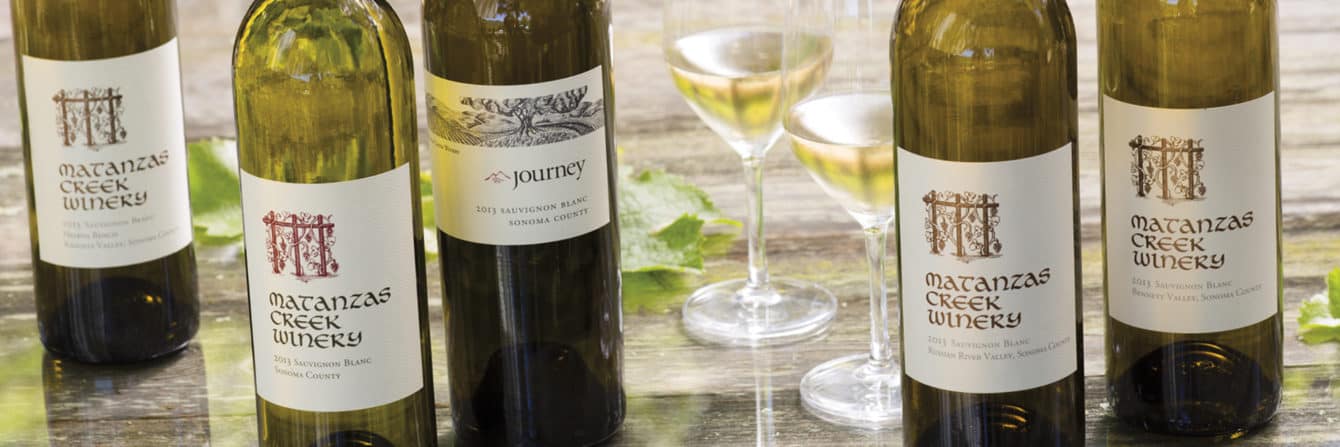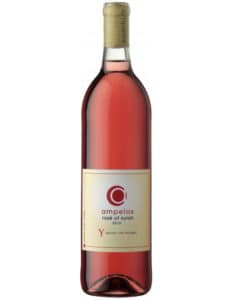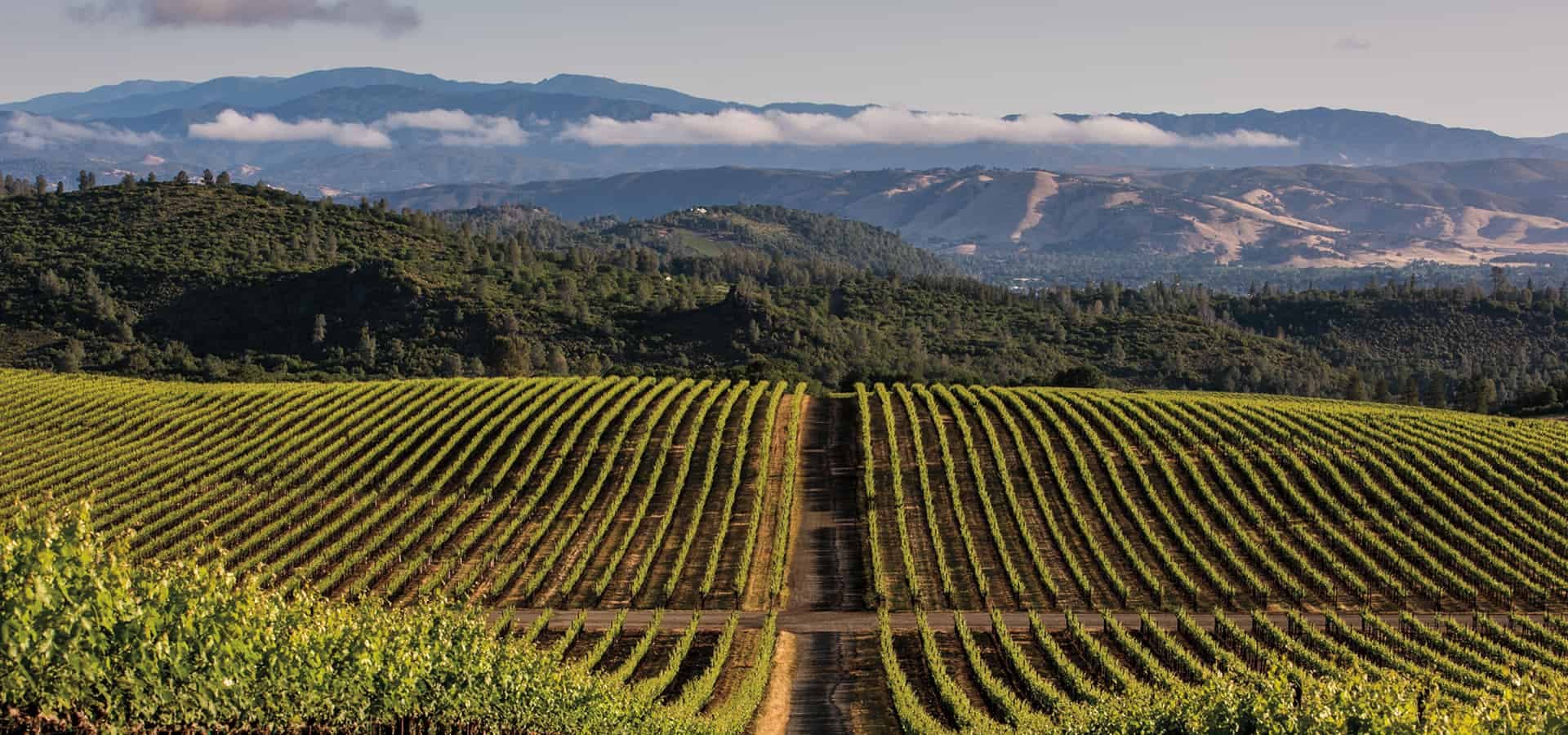Wine labels remain confusing to American consumers. Regulations involving mandatory warnings on back labels, for example, have wrongly convinced many that they are allergic to sulfites. Similarly, American women are often misled in their belief that even the most modest amount of wine consumption during pregnancy will directly lead to unavoidable birth defects. So no. If you can drink orange juice, you’re not allergic to sulfites. You just drank too much or were dehydrated. Also, American mothers should rest assured that an occasional single glass of wine during pregnancy will not result in your kid having a third eye or a lowered IQ. The science just doesn’t merit the paranoia. It’s that scary language from the government on the back of the wine bottle that misleads consumers.
 Perhaps most mystifying to American wine consumers are terms like “organic or organically-grown,” “biodynamic or biodynamically armed,” and “sustainable or certified sustainable.” Fortunately, California is again taking the lead on environmental initiatives with a bold new certification program and logo designed to help consumers find wines that are made in an eco-friendly fashion. Part of an extensive, multi-year partnership between the California Sustainable Winegrowing Alliance and the Wine Institute, CA’s largest trade organization, the new “California Certified Sustainable” logo launched with this past fall’s 2017 vintage.
Perhaps most mystifying to American wine consumers are terms like “organic or organically-grown,” “biodynamic or biodynamically armed,” and “sustainable or certified sustainable.” Fortunately, California is again taking the lead on environmental initiatives with a bold new certification program and logo designed to help consumers find wines that are made in an eco-friendly fashion. Part of an extensive, multi-year partnership between the California Sustainable Winegrowing Alliance and the Wine Institute, CA’s largest trade organization, the new “California Certified Sustainable” logo launched with this past fall’s 2017 vintage.
To understand the potential impact of this new logo and the authenticity behind it, we can consider just how misunderstood and inauthentic the term “organic” can be, at least with regards to wine. Currently, a wine labeled “USDA Organic” necessitates forgoing sulfites, which for most winemakers are an essential preservative that ensures a wine won’t denature and spoil before it hits the market shelves. In this sense, “organic” is applied to the vinification processes—the winemaking itself—and in my professional opinion, it creates a risk for spoilage that winemakers are wise to avoid. Simply put, wines marked USDA organic have a very short lifespan. An entirely different application of the term “organic” refers to viticulture—the grape growing process and related farming techniques. Hence, many California wineries have long employed organic farming processes, eschewing chemicals and pesticides in favor of natural remedies. The result? Healthy grapes that are organically grown and chemical free, are turned into wines with an inherent marketing problem because they can’t legally be labeled as organic. It’s tricky.

Yet more confusing to consumers are biodynamic wines, a wine designation that encompasses both organic practices in the vineyard in addition to the winemaking process itself. Based on Rudolf Steiner’s complex system of astrological indicators, biodynamic has a certain hippy vibe associated it although practitioners swear it results in a healthier vineyard ecosystem and by extension, healthier wines. A leading international certifier of biodynamic wines is Demeter, and when that logo appears on a back label, a consumer can be assured that strict organic practices were followed both in the vineyard and in the winery.
But back to sustainability and what it means for California wines. Up until 2017, certain wine-producing regions like Lodi adopted their own local rules for sustainability. Indeed, the “Lodi Rules” for third-party accreditation set the standard for other, larger regions’ later participation. “SIP Certified” is another logo-based organization that provides an assessment program to verify if a winery is in fact following predetermined protocols. It all comes down to “he said/she said” and it reminds this writer of the controversy surrounding the Wine Spectator wine list awards, in which the magazine—for a hefty fee—often awarded restaurants top billing without ever verifying if submitted wine lists were authentic or not. There were cases of “fake” wine lists winning awards, because the trophy bottles and comprehensive cellars they claimed were available in fact only existed on paper. And if you don’t check vineyard and winery practices, you similarly can’t be certain that wineries are being honest.

What is most exciting about the new California Sustained Certified is its comprehensiveness. In order to qualify for the new logo, certified wines must meet a rigorous checklist of nearly sixty requirements in the vineyard with another thirty-plus practices in the winery itself. And these practices go far beyond simply refraining from chemical interventions. California Sustained Certified requires commitments to water conservation, renewable energy, wildlife habitat preservation, greenhouse gas reductions and labor practices. Essentially, it’s a commitment to stewardship of the vineyard with a corollary commitment to improve the systemic environment that produces the wine from grape to glass. It ain’t easy. So why would wineries want to commit to being a part of the program and subject themselves to outside monitors?

The answer is twofold. Firstly, it results in better wines, unequivocally. So-called “manufactured wines”—mass-produced plonk, if you will – are laden with unhealthy materials and can only be produced at cheap prices by cutting corners, notably when it comes to labor costs. There is no farmer named Charles Shaw lovingly tending his grapes. And if Chuck does exist, he’s likely a chemist at Monsanto. Secondly, wineries committing to third-party verification checks are betting that consumers care about sustainability. And data shows that they do, especially a younger generation of wine drinkers for whom environmental conservation is a key issue. Having a simple, easily identifiable logo that confirms a California wine was made with care for product, place and people, is frankly long overdue for the industry.
With the participation of key players like Jackson Family Wines, California’s largest family-owned wine company, the logo will acquire market penetration quickly. Consumers can expect to see the logo on select 2017 white and rosé wines with reds coming to market a year or two later upon vintage release. The Wine Institute and its trade membership are working to explain the logo to both the trade and to consumers, such that as it accrues traction, it becomes associated simply with quality. So if and when you have the chance to choose between two bottles of similar California wine, seeing this logo should make the decision that much easier. In supporting the California Sustained Certified program, one can quickly drink better quality wines that are better for our environment too, and that’s a win-win for everyone in the Golden State and beyond.










